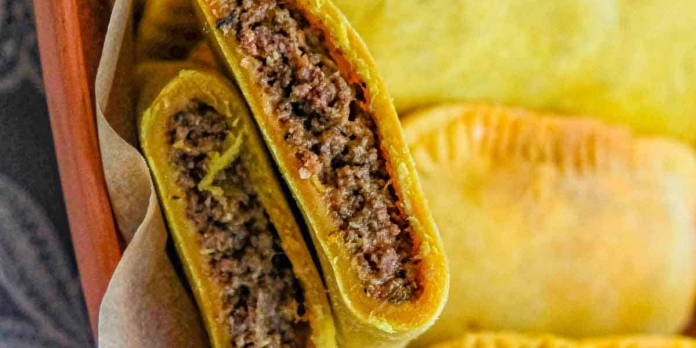Table of Contents
Jamaican patties are a beloved culinary staple that has captured the hearts (and appetites) of many around the world. These flaky pastries filled with savory goodness have a rich history that intertwines with the diverse cultural influences of Jamaica. In this article, we will delve deep into the origins, evolution, and significance of Jamaican patties while also exploring various regional variations, cooking techniques, and their impact on Jamaican culture and beyond.
The Origins of Jamaican Patties

Early Influences
The origins of Jamaican patties can be traced back to the indigenous peoples of the Caribbean, particularly the Taíno tribe, who were the first inhabitants of Jamaica. They utilized local ingredients such as corn, cassava, and various meats to create their own versions of savory pastries. However, it wasn’t until the arrival of European colonizers in the 15th century that the concept of pastry as we know it today began to take shape.
Spanish settlers introduced the practice of making pastries, which blended with African culinary traditions brought by enslaved people. This fusion of cultures laid the groundwork for the development of patties.
African Influence
The African diaspora played a pivotal role in shaping Jamaican cuisine. Enslaved Africans brought with them their cooking techniques and ingredients, leading to the creation of various dishes that would become staples of Jamaican food culture. The use of spices, herbs, and cooking methods introduced by Africans significantly influenced the flavor profiles of patties.
African cooks often used readily available ingredients, such as beef, chicken, and vegetables, to create hearty fillings for pastries. These ingredients, combined with the European techniques of pastry-making, gave birth to the Jamaican patty.
The Development
The Arrival of the British
By the 17th century, the British took control of Jamaica, further influencing its culinary landscape. British cooking traditions, including the use of flaky pastry, began to merge with the existing Jamaican cuisine. During this time, Jamaican patties evolved into the pastry we recognize today, with their signature golden crust and flavorful fillings.
The introduction of various spices and seasonings, such as allspice, thyme, and scotch bonnet peppers, added a unique Jamaican flair to the pastries. These ingredients not only enhanced the flavor but also reflected the island’s rich agricultural landscape.
The Influence of the Indo-Jamaican Community
In the late 19th and early 20th centuries, a significant wave of Indian indentured laborers arrived in Jamaica to work on sugar plantations. This influx introduced new ingredients and culinary techniques, further diversifying Jamaican cuisine. The use of curry and spices commonly found in Indian cooking began to influence the fillings of Jamaican patties, creating a new layer of flavor that is still present today.
The fusion of Indian and Jamaican cooking created unique fillings for Jamaican patties, including curried chicken and potato. These adaptations highlight the adaptability of Jamaican patties, allowing them to embrace various cultural influences while maintaining their core identity.
The Popularity of Jamaican Patties
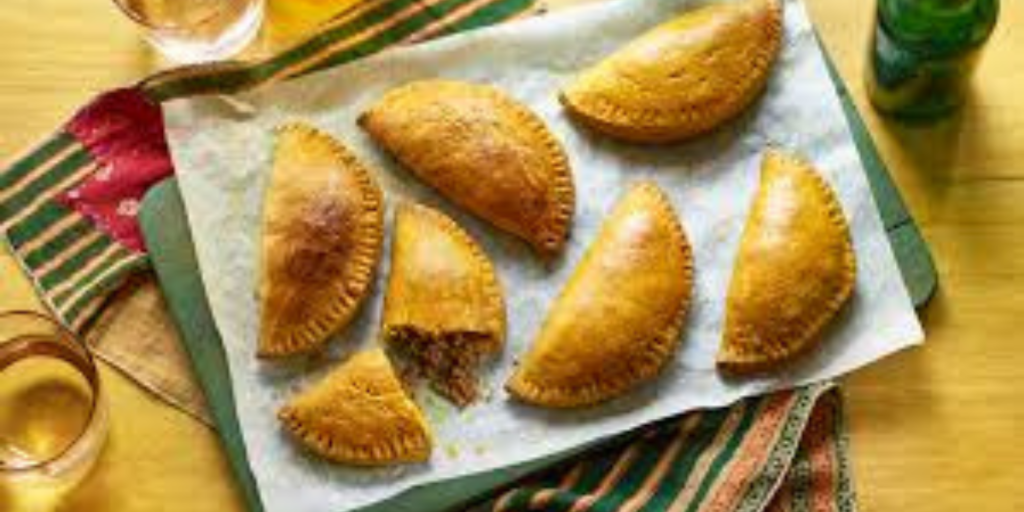
Street Food Staple
By the mid-20th century, Jamaican patties had gained immense popularity as a street food staple. Vendors began selling them from carts and roadside stalls, making them accessible to a wide audience. The convenience, affordability, and delicious flavors of Jamaican patties made them a favorite among locals and tourists alike.
During this period, the demand for Jamaican patties grew exponentially, leading to the establishment of dedicated patty shops. These shops often offered a variety of fillings, including beef, chicken, vegetable, and even fish, catering to diverse tastes.
The Global Spread of Jamaican Patties
As Jamaican immigrants spread across the globe, they took their beloved Jamaican patties with them. The culinary migration introduced these tasty pastries to new audiences in countries such as the United States, Canada, and the United Kingdom. In these new homes, Jamaican patties became a symbol of Jamaican culture and heritage.
The diaspora also led to the establishment of Jamaican restaurants and eateries, further popularizing Jamaican patties and ensuring that future generations would enjoy this culinary delight.
The Anatomy of a Jamaican Patty
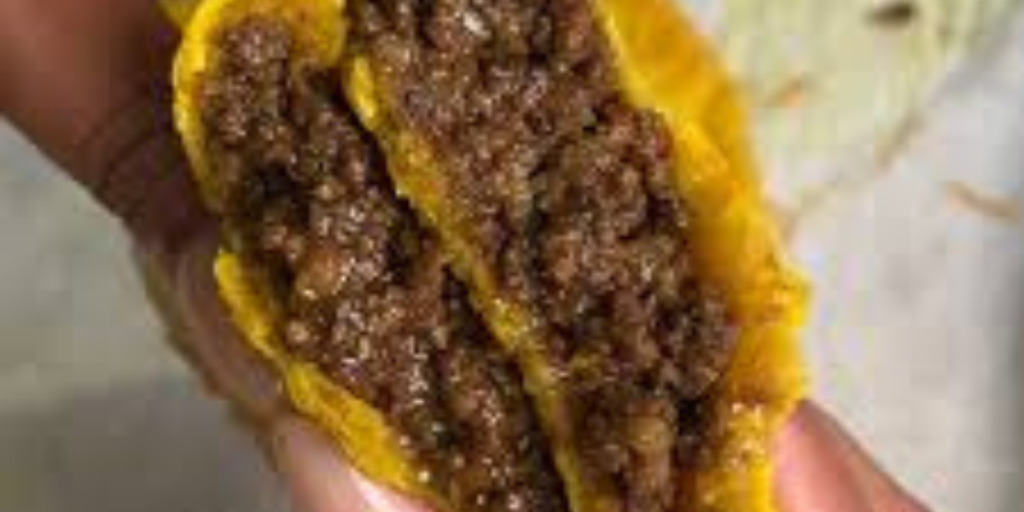
To fully appreciate the history o, it’s essential to understand their anatomy. A typical Jamaican patty consists of two main components: the pastry shell and the filling.
The Pastry Shell
The pastry shell is characterized by its flaky, golden-brown exterior. Traditionally, the dough is made from flour, butter (or margarine), and water, mixed together to create a smooth and pliable consistency. The key to achieving the signature flakiness lies in the technique used to create the dough.
Modern interpretations of the pastry may use alternative ingredients, such as whole wheat flour or gluten-free options, allowing for a wider range of dietary preferences while still delivering the essence.
The Filling
The filling is where the magic happens. Jamaican patties can be filled with a variety of ingredients, each offering a unique flavor profile. Some of the most common fillings include:
- Beef: The classic choice, often seasoned with spices, herbs, and sometimes a touch of scotch bonnet for heat.
- Chicken: A leaner alternative, frequently marinated with spices and herbs to enhance the flavor.
- Vegetarian: A popular option that can include a mix of vegetables, lentils, or beans, making it suitable for those who prefer plant-based options.
- Fish: Less common but equally delicious, fish fillings often include ingredients like tuna or ackee.
Best Nigerian Party Jollof Rice Recipe | 2024
The Cultural Significance
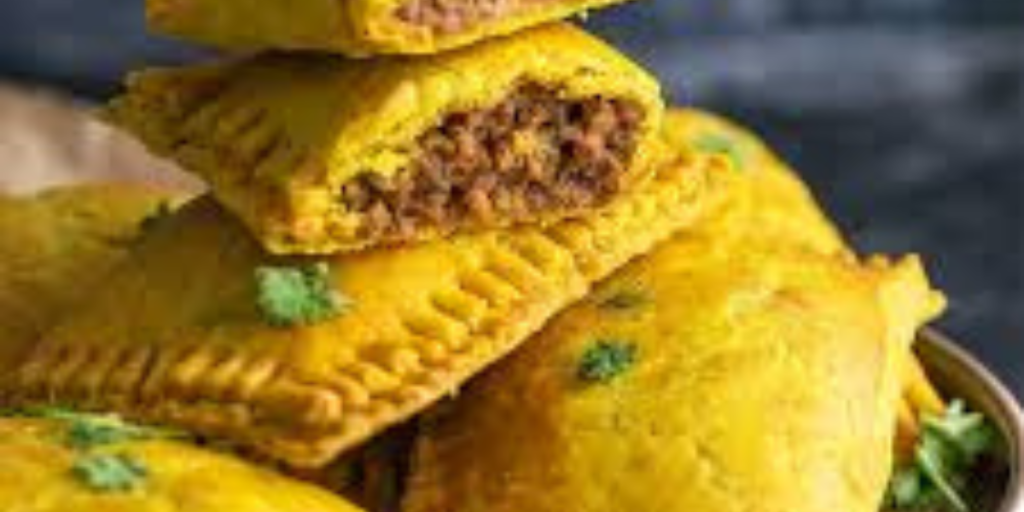
A Symbol of Identity
Jamaican patties are more than just a delicious snack; they represent the cultural identity of Jamaica and its people. The ability to blend different culinary traditions has led to the creation of a dish that embodies the island’s rich history and heritage.
For many Jamaicans, Jamaican patties evoke nostalgia and memories of home. Whether enjoyed at a street vendor, a family gathering, or a celebratory event, these pastries hold a special place in the hearts of those who have grown up with them.
The Role of Jamaican Patties in Celebrations
Jamaican patties are often present at various celebrations and gatherings, from birthdays to weddings and holiday festivities. Their versatility allows them to be enjoyed as a snack, appetizer, or even as part of a larger meal.
During festive occasions, families may come together to prepare Jamaican patties, passing down recipes and techniques from one generation to the next. This communal aspect further strengthens their cultural significance and fosters a sense of unity.
Jamaican Patties in Contemporary Cuisine
Innovation and Experimentation
In recent years, Jamaican patties have seen a resurgence in popularity, with chefs and home cooks experimenting with new flavors and fillings. While traditional recipes remain cherished, modern interpretations have introduced exciting variations that keep the spirit of Jamaican patties alive.
- Fusion Flavors: Chefs are incorporating global flavors into Jamaican patties, creating unique combinations such as jerk chicken with pineapple, spicy tofu, or curry lentil fillings.
- Health-Conscious Options: With growing awareness of dietary preferences, many recipes now feature healthier ingredients, such as whole wheat flour, low-fat proteins, and a variety of vegetables, appealing to health-conscious consumers.
- Artisanal Approaches: Gourmet patty shops have emerged, focusing on high-quality ingredients and innovative flavor pairings. These establishments elevate Jamaican patties from street food to a gourmet dining experience.
- Best Meat Pie Recipe For 1 kg Flour
Making at Home
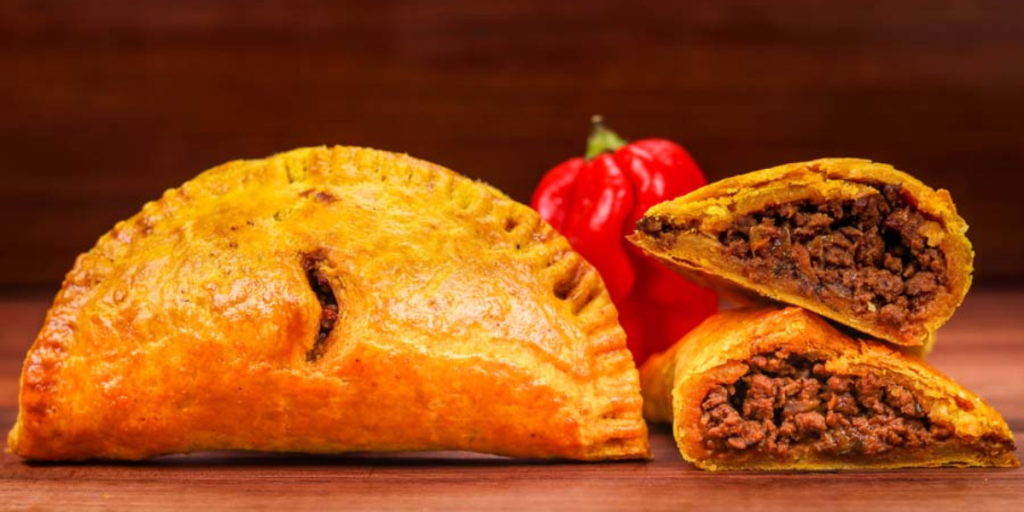
For those who wish to experience the joy of Jamaican patties in their own kitchens, making them from scratch can be a rewarding endeavor. Here’s a simple recipe to get you started.
Ingredients
For the Pastry:
- 2 cups all-purpose flour
- 1/2 cup unsalted butter or margarine (chilled)
- 1/2 teaspoon salt
- 1/4 teaspoon turmeric (for color)
- 1/4 to 1/2 cup cold water
For the Filling:
- 1 lb ground beef or chicken
- 1 small onion, finely chopped
- 2 garlic cloves, minced
- 1/2 teaspoon allspice
- 1 teaspoon dried thyme
- 1 scotch bonnet pepper, finely chopped (optional)
- Salt and pepper to taste
- 2 tablespoons cooking oil
Instructions
- Make the Pastry: In a mixing bowl, combine flour, salt, and turmeric. Cut in the butter until the mixture resembles coarse crumbs. Gradually add cold water, mixing until a dough forms. Wrap in plastic wrap and refrigerate for at least 30 minutes.
- Prepare the Filling: Heat oil in a skillet over medium heat. Add onions and garlic, sauté until soft. Add the ground meat and cook until browned. Stir in spices, season with salt and pepper, and let cool.
- Assemble the Patties: Preheat your oven to 375°F (190°C). Roll out the dough on a floured surface. Cut into circles, fill with the meat mixture, fold over, and seal the edges with a fork.
- Bake: Place the patties on a baking sheet and bake for 20-25 minutes, or until golden brown.
Best Meat Pie Nigerian Recipe in 2024
The Future of Jamaican Patties
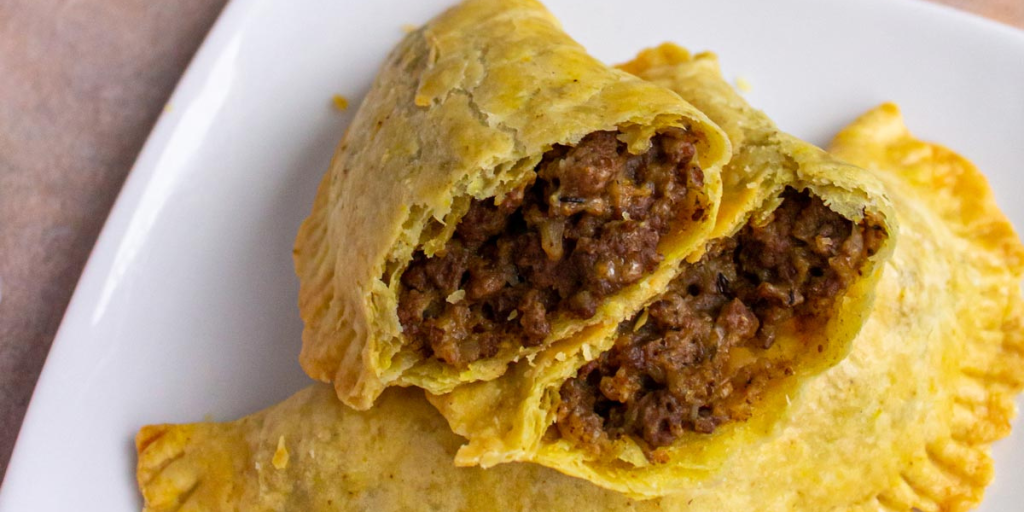
As the world continues to embrace diverse culinary traditions, Jamaican patties are poised to maintain their status as a beloved food. The continued exploration of flavors and ingredients will ensure that Jamaican patties remain relevant in contemporary cuisine.
Moreover, as awareness of Jamaican culture grows, so too does the appreciation for Jamaican patties as a representation of the island’s rich history and vibrant culinary scene.
Conclusion
The history of Jamaican patties is a testament to the resilience and creativity of the Jamaican people. From their humble beginnings to their status as a global culinary delight, Jamaican patties continue to tell the story of a rich cultural heritage that thrives on diversity.
As we enjoy these delicious pastries, let us remember the history behind them and celebrate the unique blend of flavors and influences that make Jamaican patties a truly special dish.
FAQs About
1. What are patties made of?
Jamaican patties consist of a flaky pastry shell filled with various ingredients, including beef, chicken, vegetables, and fish.
2. How did patties originate?
Jamaican patties have their origins in the indigenous Taíno culture, influenced by Spanish, African, and Indian culinary traditions.
3. Can patties be frozen?
Yes, Jamaican patties can be frozen before or after baking. Just ensure they are sealed properly to maintain freshness.
4. What makes patties different from other pastries?
Jamaican patties are known for their unique flaky texture and flavorful fillings, often incorporating traditional Jamaican spices and herbs.
5. Are patties spicy?
While some fillings include scotch bonnet peppers, which can add heat, not all Jamaican patties are spicy. The level of spice can vary based on personal preference.
This exploration of Jamaican patties reflects their cultural significance, evolution, and enduring appeal. Their history is not only a story of food but also a narrative of resilience, creativity, and identity that transcends borders. As you savor a Jamaican patty, you are not just enjoying a tasty snack; you are partaking in a rich cultural heritage that continues to thrive.
















